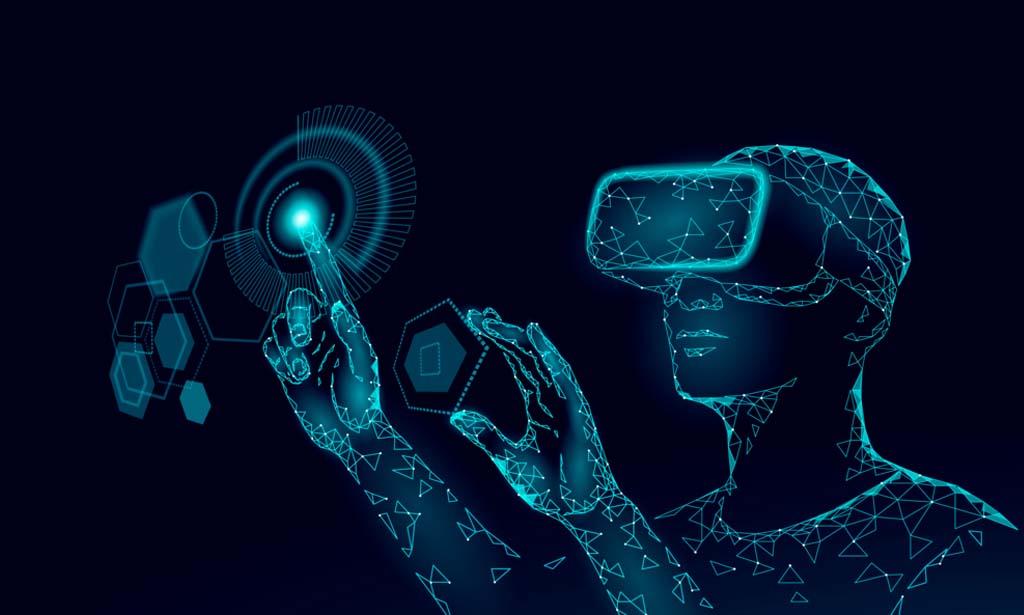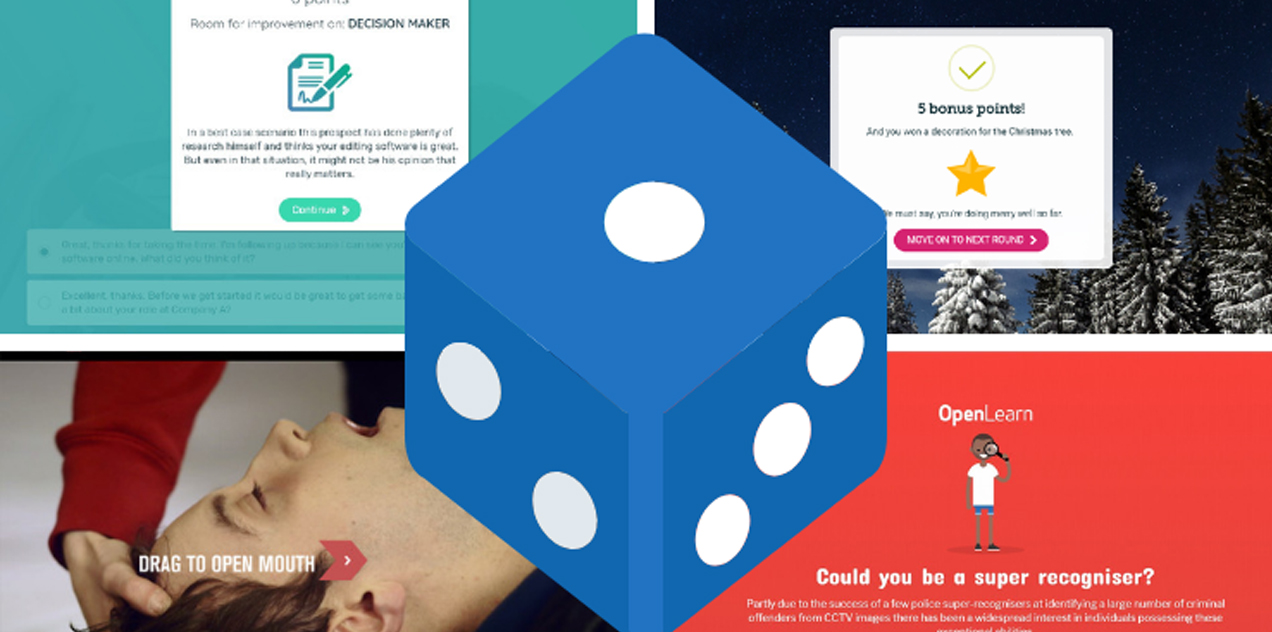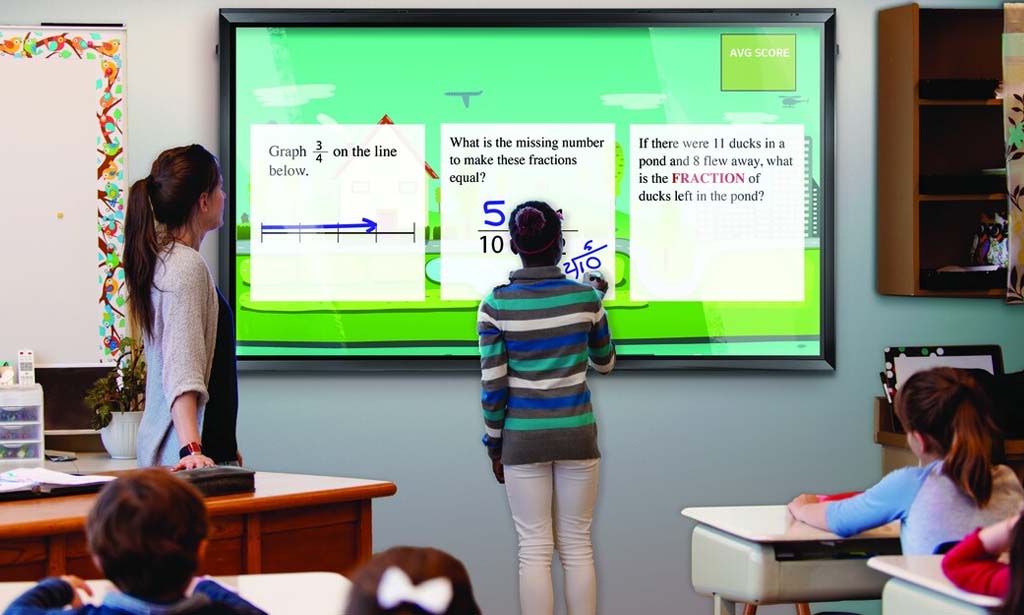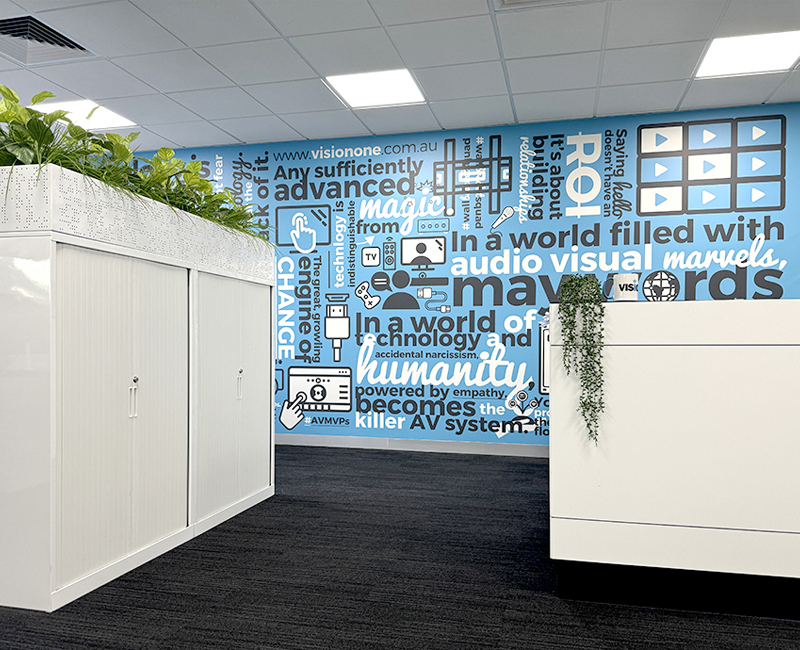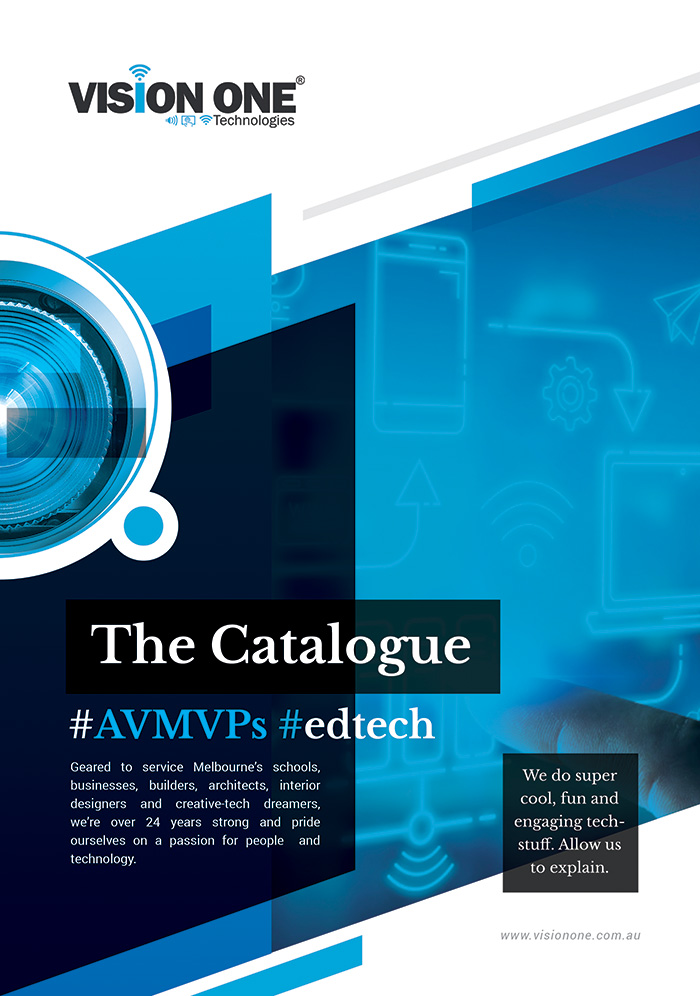How Virtual Reality is Revolutionising the Classroom and Corporate Tech Industry
The future of VR (virtual reality) and AR (augmented reality) in a continually dynamic industry...
The Future of Audio Visual Technology: What Can We Expect Moving Forward?
Welcome to the world of audiovisual technology: where innovation and creativity never stops. As we...
Gamifying Education: Take Learning to the Next Level
Gamification has quickly become a popular buzzword in the education industry. By virtual definition, it...
The Evolution of Audio Visual Technology in Education
As technology continues to rapidly evolve, so too does its impact on education. Audio visual (AV)...
